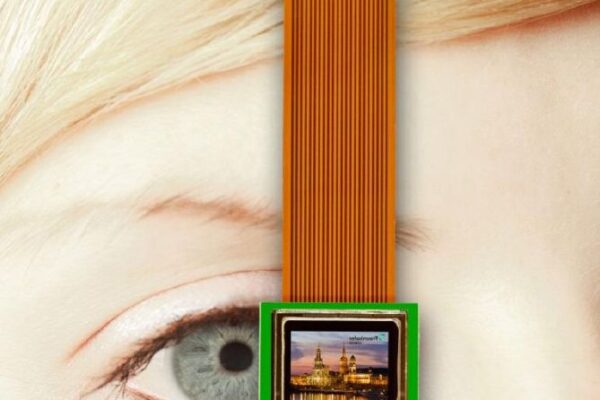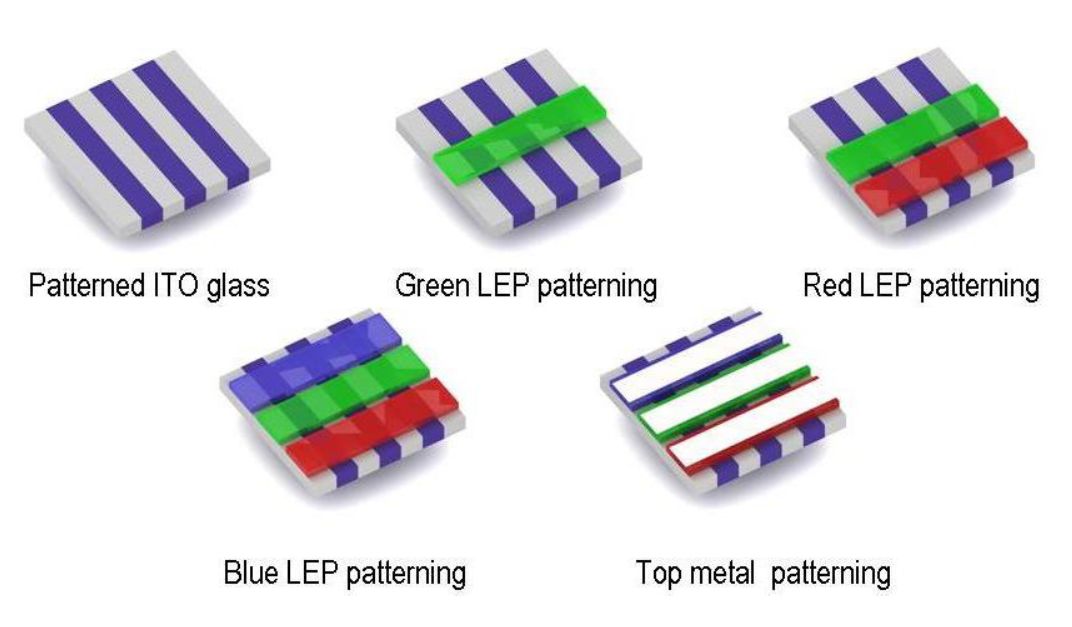
OLED microdisplays made simple
In his presentation, the researcher noted that despite their numerous applications ranging from organic light emitting diodes (OLEDs) to organic solar cells or even organic thin film transistors (OTFT), organic electronics as a whole industry still lacks a unified and low-cost structuring method.
Orthogonal photolithography, he promises, is the key to easier device engineering with better materials compatibility and higher manufacture yields with feature resolutions down to 1 micron.
The Organic materials orthogonality concept is about developing photolithography-compatible non-polar and polar materials that can be processed with non-polar organic solvents, environment friendly fluorous solvents such as Hydrofluoroethers, and hydroxylic solvents.
By developing a so-called organic-compatible orthogonal resist, the researcher has proven a number of structuring processes such as photoresist deposition and development after selective UV exposure, pattern transfer through etching, or active material deposition over patterns before lift-off.

Fig. 1: RGB OLED passive matrix display working prototype.
All this was done using conventional photolithographic equipment typically used with inorganic semiconductor chemistries. Even depreciated equipment could ensure fast automated processes with resolutions under 100nm and yields over 95%.
This would make orthogonal photolithography quite cost-competitive for the mass production of very fine resolution OLED microdisplays.
With this new approach, Fraunhofer COMEDD unveiled its capability to design RGB OLED displays using fairly simple patterning steps, with individual pixels measuring under 10µmx10µm.

Fig. 2: Manufacturing an RGB OLED display.
What’s more, the research centre also unveiled a so-called Common Blue hybrid RGB display concept whereby Green, Red and Blue pixel stacks are laid-out side by side rather than all layers on top of each other, with a blue layer common to all three stacks, acting as an electron transport layer (ETL).

Fig. 3: COMEDD’s Common Blue hybrid RGB display concept.
This separated stack approach is claimed to offer better colour stability with no colour diffusion effects, hence a better display lifetime with a greater colour gamut. Efficiency could also be improved 10 folds compared to filter-based multi-colour organic stacks. For the manufacture of microdisplays, the lab is able to perform the process over a CMOS backplane, on 200mm wafers.
Related articles:
OLED patterning technique focuses on high-brightness data glasses
CEA-Leti, MicroOled ready silicon-based OLED microdisplay
5.4M dot bicolor and tricolor OLED microdisplays for enhanced digital image fusion
TV panels drive OLED materials demand
 If you enjoyed this article, you will like the following ones: don't miss them by subscribing to :
eeNews on Google News
If you enjoyed this article, you will like the following ones: don't miss them by subscribing to :
eeNews on Google News



